Resource Type: Tool
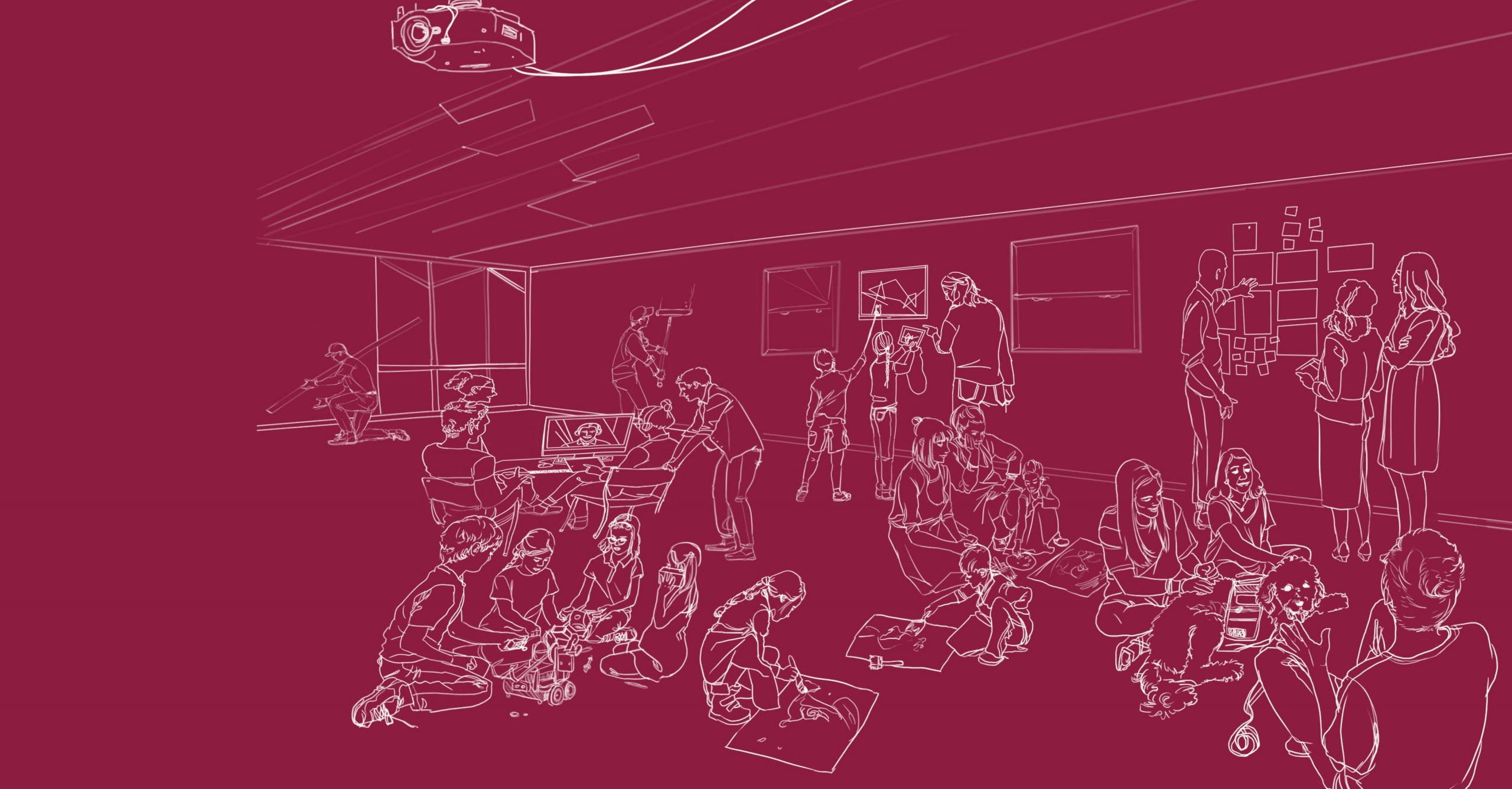
FAQ: Financial sustainability of Next Education Workforce™ models
Read this FAQ for an example of how a team-based model is funded to inspire possibilities within your system’s own context.
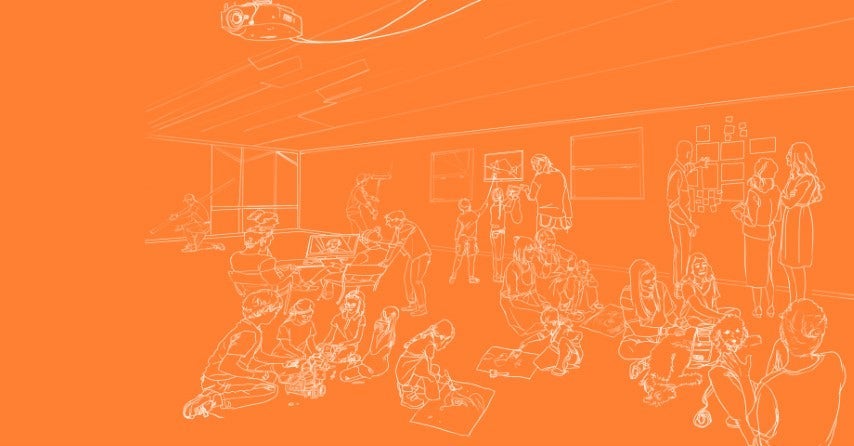
Distributed expertise staffing matrix
This protocol helps educators make strategic decisions around how to best leverage the distributed expertise of team members. Additionally, it can help to identify other educators who may need to join the team and in what capacities.

Interest-based student groupings
Interest-based student groupings are groupings driven by student voice and choice. This planning protocol is an opportunity for team members to explore ways to leverage your team of educators to provide student voice and choice within a lesson or across a unit. In it, you’ll identify a lesson or unit appropriate for interest-based student groupings, draft student choices and work together to plan team deployment.

Skills-based student groupings
Skills-based student groupings are groupings based on formative student learning data. This planning protocol is an opportunity for team members to explore how you might leverage your team of educators to differentiate instruction for learners. In it, you’ll identify the objective(s) of your choice, draft a check for understanding and work together to plan team deployment for skills-based student groupings.
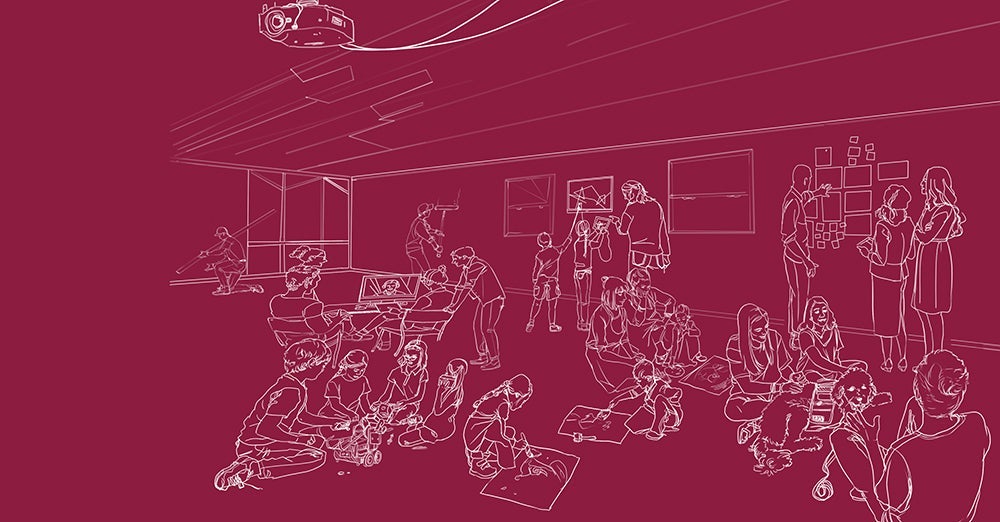
Educational legacies: Reflecting on and sharing the personal connections you make between race, class and education
In this activity, you will reflect on the connections you make between race, class and education; share those connections with your team; and listen as team members share. This activity is an opportunity to gain an understanding of each other’s lived experiences and build empathy and trust.

Establishing norms for managing conflict
Through this activity, educator team members reflect on their preferences for managing conflict and work together to agree on norms for healthy conflict as a team.

Establishing communication and working styles norms
This activity offers team members an opportunity to reflect on and share what it takes for them to feel balanced, how they prefer to process information, what they need most from their team members and more. After reflecting and sharing, team members will work together to create norms for communication and working styles.

River of life
This activity invites team members to gain a deeper understanding of one another, including backgrounds and context for teamwork. In it, you will create a map that captures key life experiences and then share your map with your educator team.

Story of self
This activity invites team members to gain a deeper understanding of one another, including backgrounds and context for teamwork. In it, you will respond to questions about your background, education, hobbies and more, and then share responses with your team.

Reflecting on social identity: Examining and sharing about group belonging
In this activity, you will create and share with your educator team a visual representing your social identity. Social identity is the story others tell about you and where you fit into society or the groups to which you belong (e.g., your race, ethnicity, gender identity).

Reflecting on personal identity: Examining and sharing what makes you unique
In this activity, you will create and share with your educator team a visual representing your personal identity. Personal identity is the story you tell about yourself that creates your self-concept and makes you unique (e.g., your skills, your hobbies, adjectives that describe you).

Educator team constructivist listening protocol: Reflecting, releasing emotion and constructing new meaning
In this activity, you will engage in an adaptation of the National Equity Project’s constructivist listening protocol. Together, with one or more members of your educator team, you will practice deep listening and construct new meaning about your identity and your lived experiences.

Identifying your equity imperative: Naming what you stand for and why
In this activity, you will reflect on a possible definition of equity, identify your equity imperative and share with your educator team. An equity imperative is a call to action representing an urgent and deeply felt need to address inequity. An equity imperative empowers you to answer the question, “What do I stand for and why?”
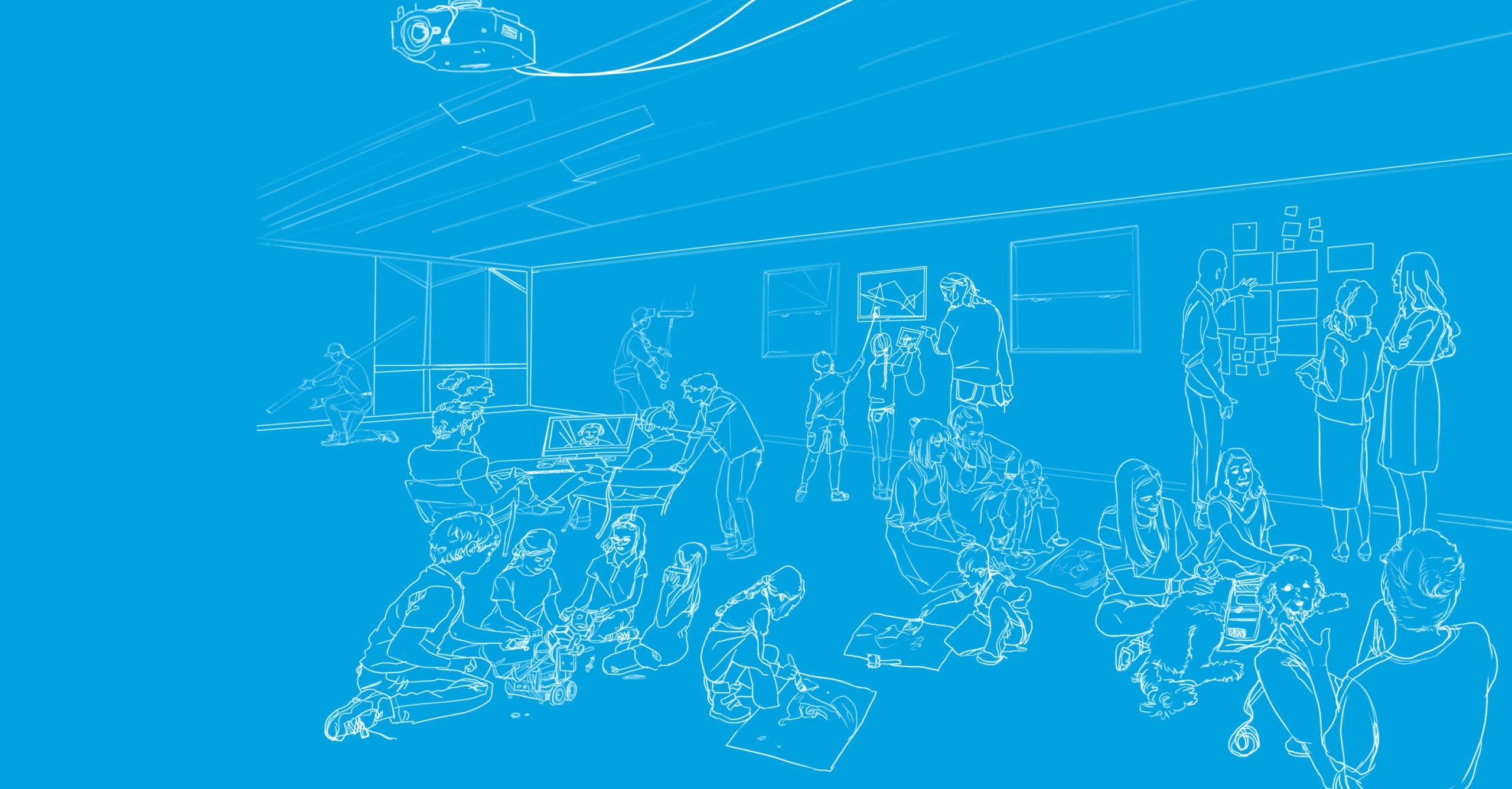
Community Educator Invitation and Project Overview Template
Community educators provide capacity and insight in service of deepening and personalizing student learning. They enrich learning environments by forging authentic relationships, sharing expertise and expanding networks. Use this template to guide your communication with community educators.

Team-based PBL unit planning template
Next Education Workforce team-based structures can strengthen the project-based learning instructional approach. This unit planning template takes educators through the steps of designing a PBL unit, while also planning for how to maximize distributed expertise.

Community educator asset map
An asset map is a visual way to identify resources within your community. The act of creating a map of expertise can help you discover connections you already have, organizations you’d love to know about, and talents and resources near your school or available virtually.

Costs and shifts calculator
In this Google Sheet, you’ll be able to describe your strategy, input the costs, make intentional shifts and see your choices summarized on a dashboard.
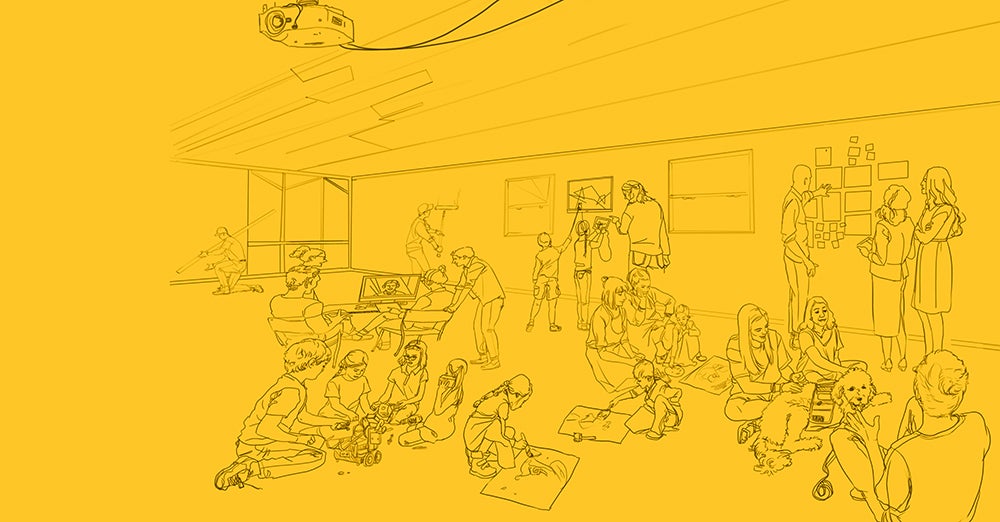
Quarterly team reflection protocol
This resource, created in collaboration with MLFC’s Principled Innovation Team, proposes a quarterly, one-hour protocol intended to help teams reflect together and build the “muscles” of empathy, awareness and resiliency. The protocol guides the team through sharing quarterly wins, reflecting on an intentional set of questions, debriefing and identifying next steps.

Co-creating school design principles
Design principles are four to seven ideas that align with the school’s mission and vision and act as a guiding light for the school-level team implementing change. This tool suggests steps a team might take to prepare for a design session on co-creating design principles, offers a protocol for facilitating the session and proposes next steps for taking design principles from draft form to final state.

Building schedules for remote community educators in 5 steps
As schools build teams of educators with distributed expertise, and especially as they increase the number of community educators on their teams, scheduling becomes an increasingly complex task. Here, you’ll find five actionable steps for building schedules for remote community educators that are responsive to student and team needs and maximize community educators’ skills and talents.

